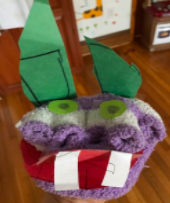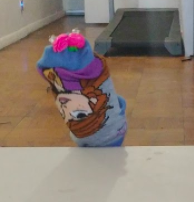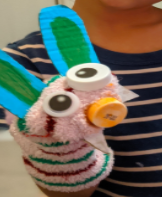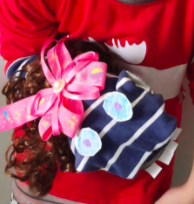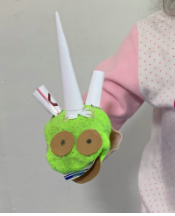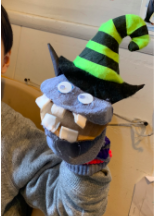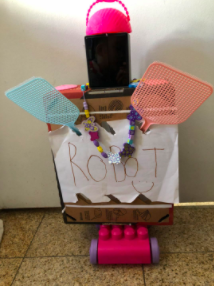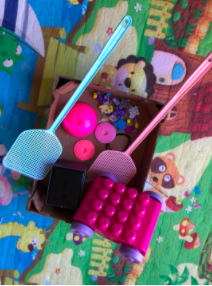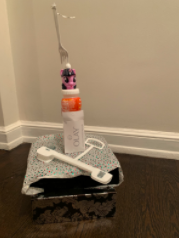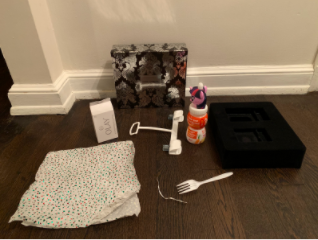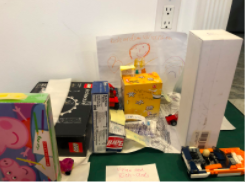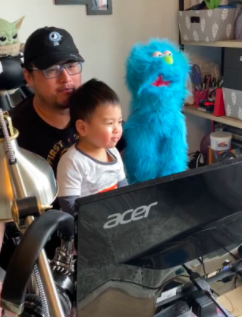Remote Learning: A NYC Pre-K Teacher's Story
Adjusting to Remote Learning: Written by Andy Yung of PS244Q
Since March 16th until today, May 4th, 2020, we have transitioned into remote learning for our students due to Covid-19. Recently, it has been announced that school buildings will be shut down for the rest of the school year. It was expected and we were preparing for it but now it is official. The first two weeks for everyone involved was a trial and error period. I constantly found myself telling families that we are in uncharted territory and we will need to adjust accordingly when things come up. This would apply to our virtual classroom, the schedule, the activities, taking attendance, and even my home workspace.
Originally my workspace was set up in the spare room, which became my son’s room when he was born. The set up was not ideal since I found my toddler coming in occasionally, to claim back his territory. He would crash our live meet up sessions, but it was okay. We are very fortunate to be working safe from home and spending time together. I would eventually scout out real estate in the living room. With some minor configuration and changes to the furniture, I was able to create an at-home classroom nook in the corner by the window. The entry space was small enough to block my curious toddler from entering but if he wanted to join in on our sessions, he could participate on the couch behind the armrest which served as a barrier from his curious and, often, mischievous hands.
Liam joining in on our Pre-K Puppet Party
While working remotely with the younger learners, there is a lot more parental involvement to help the child get set up with the technology and the reading of instructions for assignments. It is important to use this opportunity to check in with parents who are not familiar with what are developmentally appropriate activities for their child. It is not expected or ideal for the teacher and child to sit in front of a screen all day to engage in “traditional learning.”
As you could imagine, the approach to teaching pre-K students remotely is very different from what is expected of our older students. So much of our time spent together in the classroom focused on establishing routines, socialization, and learning through play.
In the beginning of the year, we advised our parents to cut down on screen time. Moving to remote learning seemed to be counterproductive of what we were advocating for. It was not ideal but we had to make the best of the situation we were in while staying true to our early childhood education philosophy. However, at the same time, I, as the teacher, needed to view the situation we were in from an equity lens and take into consideration the hardships some of our families may be dealing with but may not be comfortable to share. When we were in the classroom, everyone had access to all the materials that were in our classroom. After transitioning into remote learning, we as teachers need to understand that not every family may have access to materials, supplies, or books that we have in our own homes or think it is in every home.
Many of the projects assigned use materials that our families would most likely have in the house and if they do not have something, there is lots of room for substitutions. Items such as recyclable materials and other loose parts items found in their homes. After introducing our families to the loose parts play philosophy, our children went on a scavenger hunt for loose parts in their homes.
Read more about my loose parts project HERE!

